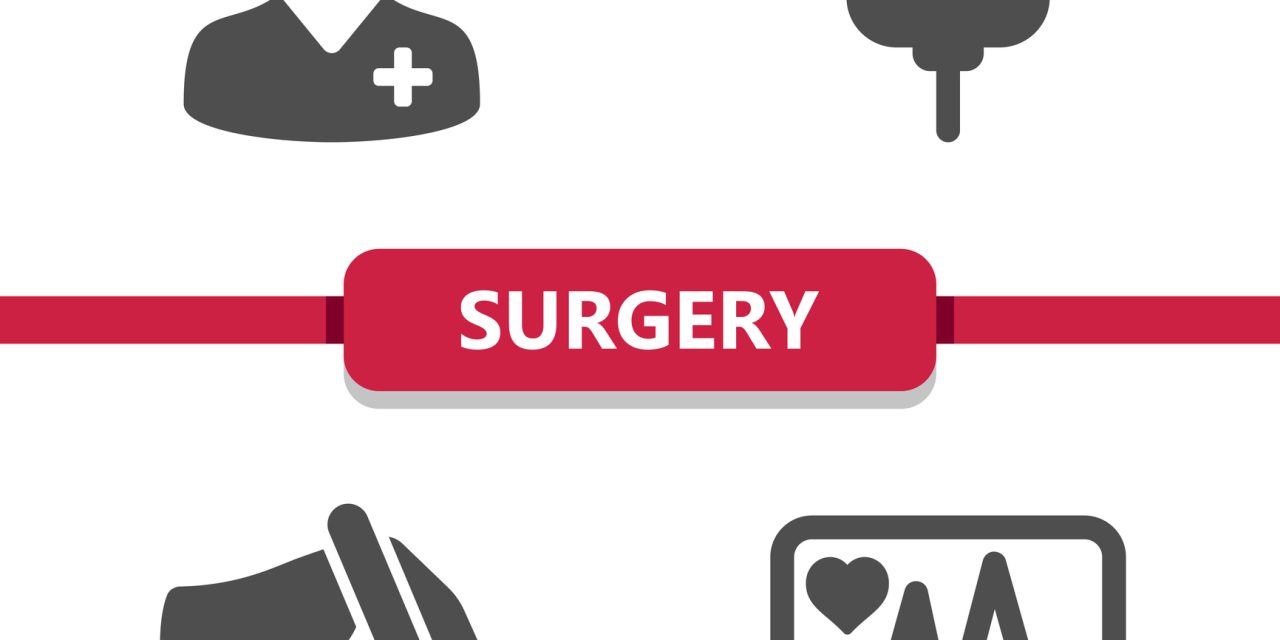Opioid overuse is a national concern. Mitigation strategies include judicious prescribing and encouragement of non-opioid therapies. This quality improvement project aimed to identify physician opioid prescribing and patient usage patterns at a pediatric academic center.
Patients who underwent same-day general, orthopedic, or plastic surgery procedures were contacted 7 – 28 days post-operatively. Inquiries were made about opioid usage, non-opioid strategies, and overall pain management satisfaction. A subset of general surgery patients not prescribed opioids was compared to those prescribed opioids.
Between August 2017 – May 2020, 558 surveys were obtained. There was a significant increase in the use of non-opioid therapies between 2017 and 2020 (83.5% vs 97%, p=0.04). Almost all patients’ opioid prescriptions were filled; however, 78-98% had leftover opioids. Only 20-25% disposed the excess opioids. In subset analysis of general surgery patients, no inguinal hernia or orchiopexy patient who was discharged without opioids required opioids later. More non-opioid patients used other therapies (acetaminophen, heat (p=0.03)); however, pain management satisfaction was higher in the opioid group (99% vs 94%, p=0.01).
While our opioid prescribing has decreased, physicians are still prescribing more opioids than patients require. Further education on non-opioid pain therapies and proper disposal of opioids are needed.
III TYPE OF STUDY: prospective quality improvement study.
Copyright © 2021 Elsevier Inc. All rights reserved.
Opioid reduction and elimination in pediatric surgical patients.


